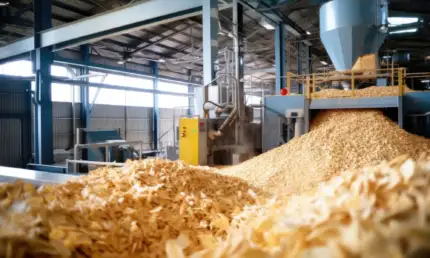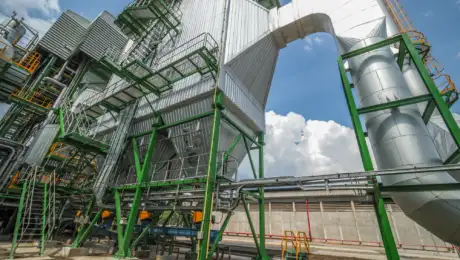
Assess the potential explosibility of dust clouds
The Minimum Ignition Energy (MIE) test for dust cloud is crucial for assessing and mitigating risks associated with combustible dust. It provides essential data used for safety planning, regulatory compliance, equipment selection, and emergency response preparedness safeguarding workers, facilities, and the environment.
MIE refers to the minimum amount of energy required to ignite a combustible mixture of dust, gas, or vapor in the air. This ignition energy is typically measured in millijoules (mJ) or microjoules (μJ).
Purpose
One of the primary applications of the MIE test is assessing the risk of ignition due to electrostatic sparks or discharges.
Understanding how easily electrostatic sparks can occur is key to assessing your product's vulnerability to such risks.
These sparks can arise from a multitude of everyday activities, such as emptying containers or bags, walking on non-conductive flooring, the flow of dust through a pipeline, and many more routine tasks.
Method
Within the 1.2-liter vertical tube of either the Modified Hartmann apparatus or MIKE3 apparatus, we disperse dust samples of varying sizes. We endeavour to ignite the resulting dust cloud using a range of spark energies. These tests can be conducted with or without the incorporation of an inductance component within the ignition circuit.
The presence of inductance serves to prolong the duration of the spark, while experiments conducted without inductance represent scenarios involving electrostatic sparks. The minimum ignition energies, ascertained through tests with inductance in the ignition circuit, are pivotal in evaluating the potential for ignition through mechanical sparks.
For our assessments with the Modified Hartmann apparatus, we consider the following energy levels: 2, 5, 10, 15, 20, 50, 100, 200, and 2000mJ (utilising inductance).
In the case of the MIKE3 apparatus, our investigations encompass spark energies of 1, 3, 10, 30, 100, 300, and 1000mJ, with the option of using inductance or conducting tests without it.
An example of MIE test at Gexcon's dust laboratory
FAQs
-
1What standards do Gexcon perform MIE testing to?
Gexcon performs MIE testing in accordance with European standard EN ISO/ IEC 80079-20-2:2016 “Explosive atmospheres – Part 20-2″ Material Characteristics – Combustible dust test methods“.
-
2What are the benefits of conducting MIE testing?
Determination of the MIE helps you understand the ignition sensitivity of your product when it forms a dust cloud and especially to assess hazards due to electrostatic and mechanical sparks.
-
3Will having an MIE test help in the selection of appropriate equipment in my facility?
The MIE value could influence the choice of electrical and mechanical equipment used in areas where dust clouds may be present. Equipment with appropriate explosion protection measures can be selected based on the MIE of the dust.
-
4How will the MIE test help the processes within my facility?
By knowing the results of the MIE, you can optimise processes to reduce the risk of dust cloud ignition by adopting measures such as adjusting operating parameters, implementing dust control measures, or modifying equipment design.
Combining MIE with MITdc
The potential of these mechanical sparks depends on various factors, including the materials involved, the forces applied, and the relative speeds of the contacting objects.
When considering Minimum Ignition Energy (MIE) in conjunction with Minimum Ignition Temperature in Dust Clouds (MITdc), you are essentially looking at two critical parameters in assessing the fire and explosion risks associated with combustible dust.
While MIE focuses on the energy required to ignite a combustible mixture, MITdc focuses on the minimum temperature at which a dust cloud can ignite.





